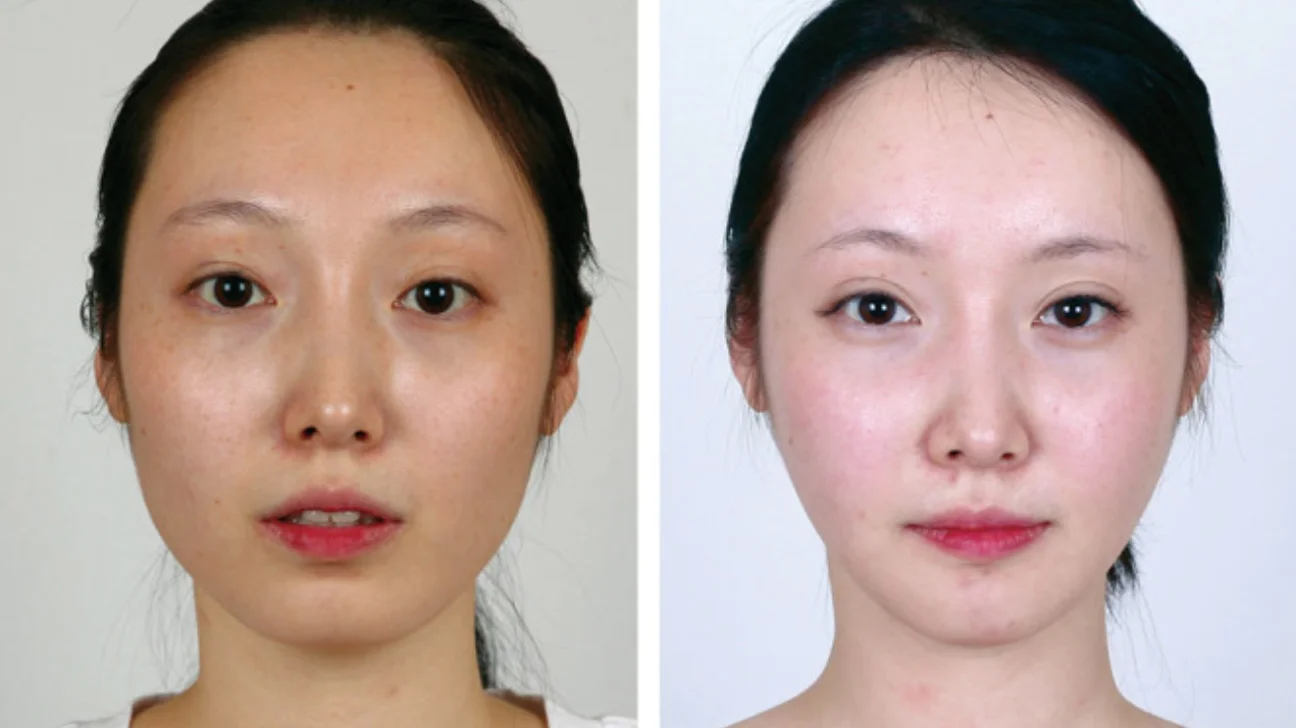Jaw reduction surgery is a type of corrective orthognathic surgery that repositions misaligned jaws and corrects teeth that don’t fit correctly. This type of surgery is needed when the jaws don’t meet correctly and/or when teeth seem to be out of alignment with the jaws. The goal of jaw reduction surgery is to improve the facial appearance of the patient and ensure that the teeth align correctly and function properly.
The surgery is usually done in combination with orthodontic treatment, which helps to straighten out the teeth. Generally, jaw reduction surgery involves the removal of some bone and soft tissue from the jaw. This helps to reduce the size of the jaw and improve the overall facial appearance.
Depending on the patient’s needs, this surgery can involve several different techniques, such as osteotomy, genioplasty, and mandibular osteotomy. Osteotomy involves cutting the bone in the jaw and repositioning it to reduce the size. Genioplasty involves changing the shape of the chin bone to make it smaller. Mandibular osteotomy involves cutting the lower jaw bone to reduce the size.
The surgery is usually done under general anesthesia and can take several hours to complete. After the surgery, the patient may need to wear a headgear or similar device for several months to keep the jaw in the new position. The patient can expect to experience some swelling, bruising, and pain after the surgery.
The recovery time will vary depending on the type of surgery, the patient’s healing rate, and the amount of tissue that was removed. Most patients can expect to return to their normal activities within two to four weeks. Jaw reduction surgery can have a dramatic effect on the overall facial appearance of the patient.
It can improve facial symmetry and create a more balanced look. It can also improve the patient’s ability to chew and speak. If you’re considering jaw reduction surgery, it’s important to talk to your doctor about your options and make sure it’s the right choice for you. Your doctor can evaluate your individual needs and determine if this type of surgery is the best option.
Benefits of Jaw Reduction Surgery
Jaw reduction surgery is a common procedure that can provide a range of both aesthetic and functional benefits. It is typically done to reduce the size of the jaw, and can involve targeting a variety of structures, including the chin, mandible, and muscles.
In general, the goal is to balance the look of the face by repositioning the jawline or removing excess bone or tissue. Some of the most notable benefits of jaw reduction surgery include:
- Improved Functionality. Jaw reduction can help improve chewing, swallowing, and speaking abilities by reducing the size of the lower jaw. This can also improve the bite fit and jaw closure, resulting in better overall oral health.
- Improved Aesthetics. Jaw reduction surgery can improve facial symmetry and balance, eliminating underbites, overbites, and crossbites. It can also reduce the size of the chin and give the face a more aesthetically pleasing shape.
- Reduced Pain. Jaw reduction can help reduce symptoms of temporomandibular joint (TMJ) disorder, a condition characterized by pain in the jaw and face. It can also reduce other jaw-related pains, such as jaw clicking, popping, and grating.
- Improved Sleep. Jaw reduction can help reduce symptoms of obstructive sleep apnea, a condition characterized by disrupted sleep due to snoring and breathing pauses.
Jaw reduction surgery is typically performed by an experienced maxillofacial surgeon, who will tailor the procedure to each individual’s needs. It is generally considered to be a safe and effective way to improve facial aesthetics, reduce pain, and improve overall oral health.











